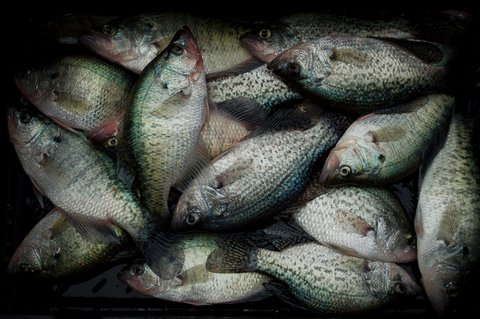
Many of us began our fishing days on a farm pond, dangling a worm beneath a red and white plastic bobber. Most have since graduated to heavier duty tackle, but floats — grown-up angling talk for “bobber”— can still be valuable in anyone’s tackle box. Here are a few tips on how floats can be especially handy when you’re fishing for crappie this summer.
Stay in the Strike Zone
The simple beauty of floats is that they keep your bait in one location—specifically where fish are holding or situated on a given day. This is known as the strike zone. Crappie in particular are notorious for holding at very specific depths. During the summer months, when the water warms and the fish become sluggish, using a float will help keep your bait right in front of their faces so they won’t have to move much. A fish finder is useful here for showing you exactly where the strike zone is.
Slows Down Presentation
When the summer sun is high, crappie tend look for shady, cool spots to rest. They aren’t going to expend a lot of energy to eat, but if the opportunity arises, they’ll take advantage of it. Not only will floats keep your bait in the strike zone, but they’ll slow your baits to help them appeal to lethargic crappie. Often times, the subtle motion a slight chop on the water can instill in your lure is enough to entice a bite, while on calm days, an occasional twitch will do the trick.
Don’t Snag in Heavy Cover
With a lure, casting to cover requires you to plan on the lure’s pendulum on the fall, but this can often lead to wrapping your line around a limb. With a float, however, you’re able to cast your lure to places where you might not be able to otherwise, such as a boat slip, low hanging treetops, or to a rocky bank. Furthermore, floats offer depth control and allow you to keep your bait right above submerged brush piles or weeds—close enough to draw a strike but a safe distance from snags. Perfect.
Helps Detect Nibbles
The bright colors found on floats make them great strike indicators. Those sudden twitches that take your float beneath the surface is solid confirmation that a fish is at the other end of your line. Small floats are great at picking up the slightest of bites, but they can get tossed easily by waves and wind. Large floats allow you to cast farther, but they may not reveal softer nibbles. Use them if the crappie are active and striking hard.









